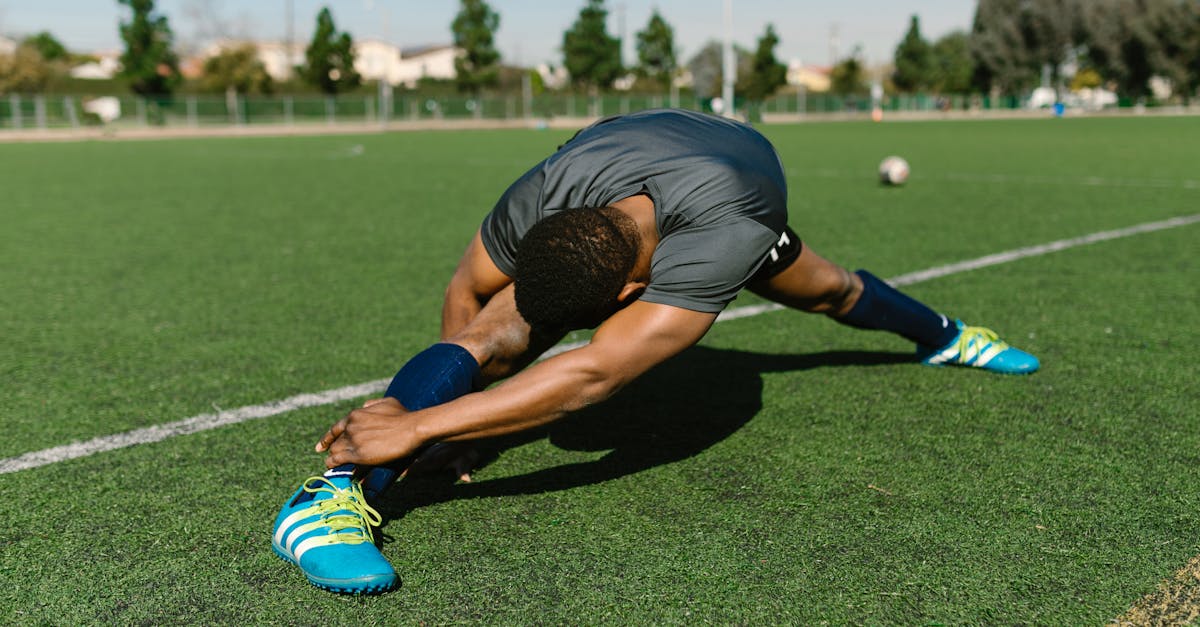
Fitting Boots
Table Of Contents
Fitting Boots
Finding the perfect pair of boots can often be a daunting task, especially for those with unique foot shapes or concerns such as a high instep. boot fitting for high instep is essential for ensuring both comfort and performance, whether you're hitting the slopes or navigating urban landscapes. A proper fit not only enhances your overall experience but also prevents discomfort and potential injuries. Understanding the nuances of boot fitting can help you make informed decisions when selecting your next pair of footwear.
The importance of boot fitting for high instep cannot be overstated, particularly for individuals who may feel overlooked by standard sizing options. A customized approach to boot fitting can alleviate pressure points and provide the support necessary for a comfortable fit. With the right adjustment and sizing techniques, anyone can enjoy the benefits of well-fitted boots, allowing them to pursue their activities without the distraction of uncomfortable footwear. Emphasizing personalized boot fitting opens the door to a world of possibilities for enthusiasts in various terrains and conditions.
Selecting the Best Footwear for Your Style
While looking at boot fitting, choosing the ideal ski boot is crucial for optimal performance and comfort. All style requires tailored features that may enhance your experience. Take for instance, if you are running, you will want boots that provide superior support and durability, while everyday wear may prioritize style over technical features.
Fitting is another vital aspect to consider when picking your ski boot. The ideal boot should fit snugly around your foot without causing discomfort. Remember that foot shapes vary greatly, so trying on multiple options is recommended. Additionally, look for features such as waterproofing that align with your individual preferences to ensure a footwear not only fits well but also performs effectively in various conditions.
Factors to Think About When Picking Boots
As you choosing ski boots, one should consider various aspects that can impact performance. The suitable dimension is crucial as it can influence your complete satisfaction on the slopes. Furthermore, leg width and arch height are vital considerations that can substantially affect how well the ski boots perform.
One more important factor to think about is the stiffness of the ski boot. Specific levels of stiffness can enhance performance and stability when skiing. Also, the insulation material can impact warmth and fit throughout the day. Ultimately, taking the style of the ski boot can also play a role in your complete experience.
How to Care for Your Footwear
Good care is crucial for preserving the lifespan of your footwear. Routine washing helps remove dirt, salt, and moisture that can wear down the material. Use a damp cloth to wipe down the exterior and a soft brush for any stubborn spots. Following cleaning, let your boots to dry out at room temperature, avoiding direct heat sources that can result in cracking or warping.
Using a suitable conditioner on leather boots may also improve their appearance and durability. Ensure to use products specifically designed for your type of boot material. Store your boots in a cool, dry place when not in use to prevent mold and mildew growth. Think about using boot trees or stuff them with newspaper to help maintain their shape. Following these simple practices will help keep your boots looking great and performing well for years to come.
Best Practices for Caring for Ski Boots
In order to prolong the durability of ski boots, suitable care is essential. Commence by cleaning the boots after each use. Utilize a soft brush to remove dirt and debris while ensuring you do not damage the material. After cleaning, allow the boots to dry out away from direct heat sources. That helps maintain the shape and integrity of the materials. Additionally, applying a weather-resistant treatment can help ensure the boots shielded from moisture and stains.
Regular inspections of the boots are important for identifying any signs of wear and tear. Inspect the soles for any damage or excessive wear, as well as the laces for fraying. Swapping worn-out components promptly can help avoid larger issues down the line. Keeping your boots in a cool, dry place when not in use helps prevent mold and mildew. Implementing boot trees or stuffing them with newspaper can help maintain their shape and absorb excess moisture. These kinds of practices ensure your boots remain supportive and ready for your next adventure.
Innovative Techniques in Boot Fitting
Today, the process of boot fitting has significantly improved through advanced methods. Advanced 3D scanning is a revolutionary tool in achieving a perfect fit. Such technology enables professionals to capture the accurate shape of a client's foot, which provides that each contour is addressed. Additionally, heat-moldable liners are another cutting-edge method that enhances comfort and performance.
Another approach that demonstrates the developments in boot fitting is the use of personalized insoles. By utilizing sophisticated materials and engineering, tailor-made insoles provide comfort that aligns with the unique anatomy of an individual's foot. This fusion of state-of-the-art solutions ensures that every skier or snowboarder can enjoy a secure fit, contributing to better performance and reduced fatigue. As these advanced techniques, the future of boot fitting appears bright.
Exploring Impact of Advancements on Footwear Adjustment
Advancements have transformed our approach to footwear adjustment in recent years. With 3D scanning, boot fitters can produce precise models of each person's feet. This allows for personalized fittings that ensure comfort and performance on the slopes, ultimately enhancing the overall skiing experience.
Additionally, advancements in materials have resulted in the development of more lightweight and more adaptable boot designs. These upgrades not only enhance comfort but also facilitate skiers to have better control and responsiveness. As these technological solutions, ski boot fitting industry continues to progress, making it more efficient for skiers to find the perfect fit.